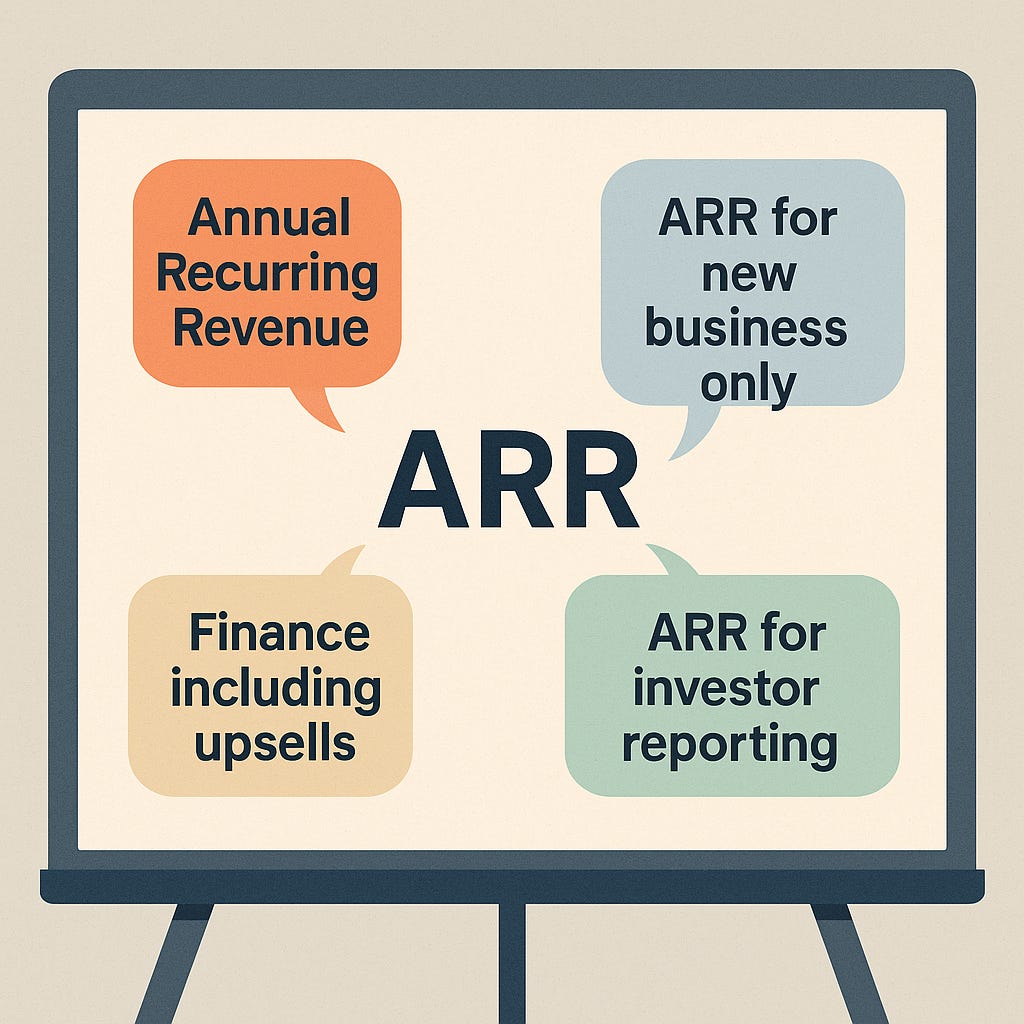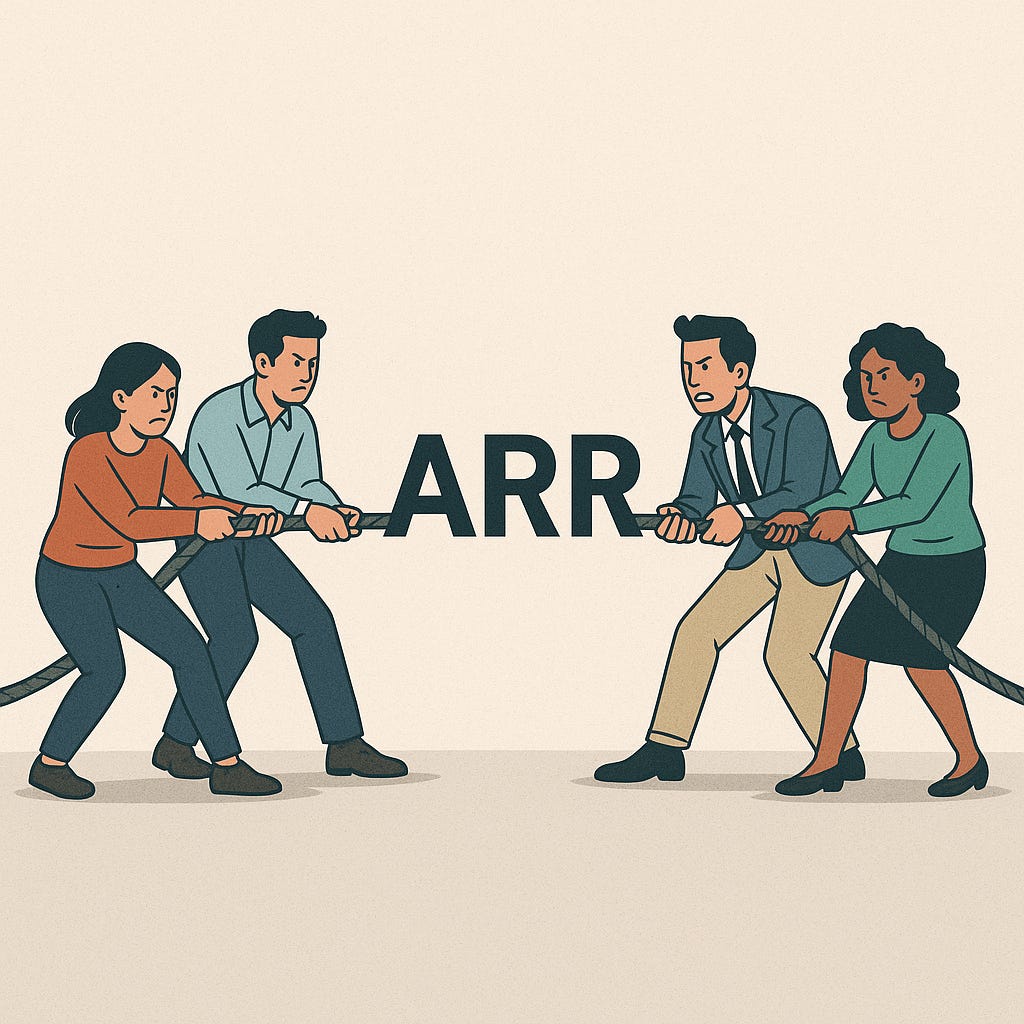Conflict Resolvers: What Sets Great Data Professionals Apart
The real job isn't writing SQL. It's making sense of conflicting definitions, unclear goals, and unspoken assumptions.
A few months ago, my team was asked to build an ARR dashboard.
Simple enough, right?
But within an hour, we realized we had a problem:
What exactly did they mean by ARR?
Because Finance had one definition.
RevOps had another.
Same acronym. Same company. Two conflicting truths.
If we had jumped straight into the build, we would’ve delivered something technically sound and strategically useless.
What no one had said out loud (but everyone assumed):
Their definition of ARR was the definition.
The Real Skill: Mediation
This is the quiet part of the job that no one teaches:
Interpreting vague requests before they become misaligned outputs.
Mediating between stakeholders who think they’re aligned, but aren’t.
Unpacking not just what someone’s asking for but why they’re asking in the first place.
When you do that well, you don’t just build dashboards.
You reconcile competing worldviews.
You turn tension into clarity.
You stop being just the “data person” and become something else entirely:
a conflict resolver.
It’s uncomfortable work. It means slowing things down. It means telling smart people they’re not aligned. But it’s what turns data from a function into a force.
Where This Shows Up Every Day
Business → Data
A request like “build an ARR dashboard” sounds clear.
But unless you ask:
Who uses this?
What’s it for: forecasting, performance reviews, investor reporting?
Why is this definition different from the others?
...you’ll end up reinforcing silos and confusion. You’ll bake disagreement into production.
Data → Business
The other half of the job is making the outputs legible.
It’s not enough to be technically correct, you need to communicate in a way that builds consensus and action.
Interpretation isn’t about dumbing things down.
It’s about making complexity useful. And usable.
Why It’s Rare (and Why It Matters)
This skill doesn’t show up in bootcamps.
It’s not measured in performance reviews.
There’s no “cross-functional nuance” badge on LinkedIn.
But it’s the skill that prevents:
Useless reports
Mismatched goals
“Why doesn’t this metric match what Finance has?” Slack threads
It’s the invisible thread that holds real impact together.
How to Practice It
A few things that help me when the ambiguity kicks in:
Assume nothing. Especially when two teams use the same word. Clarify it out loud. Put definitions in writing.
Ask how the data will be used. A dashboard for Finance isn’t the same as one for the exec team, even if the metrics look similar.
Reflect misalignment back to the room. “It sounds like we’ve got three different ARR definitions. Can we agree on which one serves this use case best?”
Write documentation that captures trade-offs. “Here’s why we chose this version of ARR and what it does not represent.”
These aren’t technical skills.
They’re connective ones.
And they’re what separate builders from strategic operators.
Final Thought
If your stakeholders always agree with your dashboards, you’re probably just confirming their biases
If your job was just to write code, you’d already be done.
But that’s not the job.
The job is to make meaning out of ambiguity and still ship something that works.
Have you ever had to reconcile conflicting definitions across teams?
How did you handle it?
Drop a story in the comments. I promise that someone else has lived it too.


